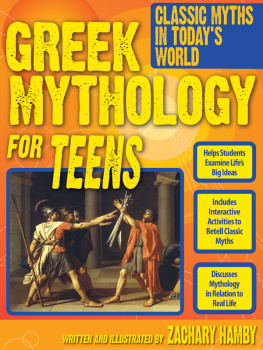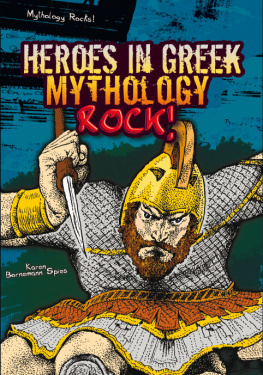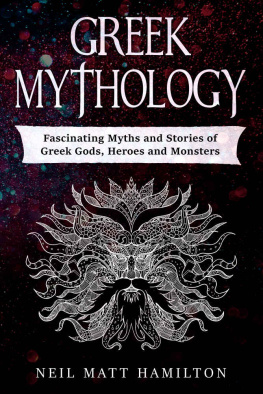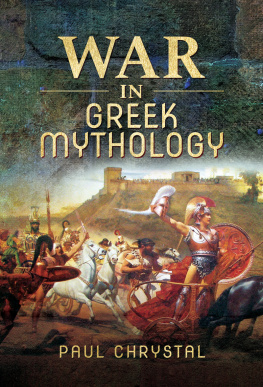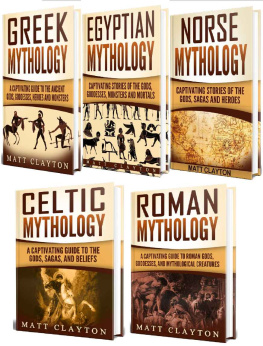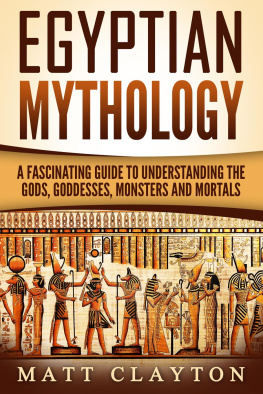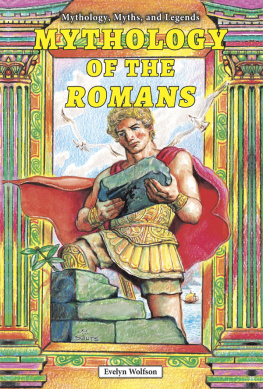

Copyright 2011 Prufrock Press Inc.
Edited by Lacy Compton
Cover and Layout Design by Raquel Trevino
ISBN-13: 978-1-59363-878-8
No part of this book may be reproduced, translated, stored in a retrieval system, or transmitted, in any form or byany means, electronic, mechanical, photocopying, microfilming, recording, or otherwise, without written permissionfrom the publisher.
At the time of this books publication, all facts and figures cited are the most current available. All telephone numbers, addresses, and website URLs are accurate and active. All publications, organizations, websites, and otherresources exist as described in the book, and all have been verified. The author and Prufrock Press Inc. make no warranty or guarantee concerning the information and materials given out by organizations or content found at websites, and we are not responsible for any changes that occur after this books publication. If you find an error, pleasecontact Prufrock Press Inc.

Prufrock Press Inc.
P.O. Box 8813
Waco, TX 76714-8813
Phone: (800) 998-2208
Fax: (800) 240-0333
http://www.prufrock.com
DEDICATION
For Rachel
All men have need of the gods.
Homer, the Odyssey, Book 3, Line 54
PREFACE
Welcome to Greek Mythology for Teens, a book that uses readerstheater plays to retell ancient myths and legends. This is thesecond book in the Mythology for Teens series and also the secondto deal with Greek and Roman mythology. Additional informationaccompanies each play, explaining the myths relevance tothe modern world, providing background information and commentaryon the myth, as well as suggesting other topics of discussionor exploration. Only a handful of the Greco-Roman mythsare presented here, and this book does not claim to be a completecollection of mythology. It is a samplingone that hopefullywill leave you hungry for more. In my opinion, the myths of theGreeks and Romans are the best that the world has to offer. I hopeyou enjoy reading, learning, and acting from this text, as it wasdesigned for education, as well as entertainment. Please feel freeto contact me with comments and suggestions.
Zachary Hamby (mr.mythology@gmail.com)
TEACHERS GUIDE
The poet Homer said, It is tedious to tell again tales already plainly told, and I sincerely hope hes wrong. The Greek and Roman myths have been told time and time again, so what is there to make this book different? Once again, I defer to the words of another: Teach mythology not as a study, but as a relaxation from study (Bulfinch, 1855/1967, p. 12). This is Thomas Bulfinch of Bulfinchs Mythology describing an approach that I am adopting as my own. The intention of this book is to make mythology fun, and I hope it succeeds.
This book presents mythology in ancient and modern contexts. As I mentioned before, it is not intended to be a comprehensive textbook of mythology. Out of many Greco-Roman myths, only nine are present. Because this is the second book in a series, I have tried not to retread the same ground as before. The chapters of Mythology for Teens were focused on (and used a particular myth) to explore certain themes and issues. This book carries on the same tradition but chooses different themes and issues than its predecessor. You will find less information about ancient Greece than was presented in the last book and more myths. After all, the culture that produced these myths is a dark age in the history of Greece, and most of what is known about that particular time period comes from the myths themselves.
A readers theater play makes up the main part of each chapter. When acted out, these plays run between 2540 minutes. One myth, Jason and the Argonauts, is broken up into two plays to accommodate its length, and there are two episodes, In the Cave of the Cyclops and Searching for Odysseus, pulled from the Odyssey. In addition to the play(s) in each chapter, there are several other follow-up sections that add to the readers sphere of reference. Most sections include discussion questions, asking the students to analyze what they have read, and additional activities that may ask the students to draw, research, write, act, present, read, or watch outside material. These activities, designed with the intent of stimulating creativity, help to further the students understanding and enjoyment of the myth. Their purpose is to breathe life into the old bones of myth through interactive learning. They may be utilized before, after, or perhaps even during the reading of the plays.
Even though they can be read and enjoyed individually, the readers theater plays should be read with a group or full cast to utilize their maximum potential. The variety of voice and interpretation adds new dimension to the written word and links students together in a common learning experience. Students become active participants as they read because they are also required to interpret the text. Linguistic and audio processing combine, resulting in maximum comprehension. The group-learning atmosphere also makes the reading more enjoyable.
Let me stress that these plays can never replace the original works. As hard as I try to maintain the themes and tone of the poets, I will never be as good at telling Homers story as Homer. If your students enjoy the version read here, please encourage them to seek out the source. That being said, these plays are as faithful as they can be. As you might imagine, fitting a complex story into a 30-minute play is a challenging task. A few of the stories peripheral details have been lost, but the core is intact. At times, I have condensed events; at others, I have combined or eliminated characters. For that I apologize to all of the dead poets and mythographers who brought us these stories. If you truly wish to have the full flavor of the original, read the original. If you wish to have the condensed, but not-skimping-on-the-feel-and-emotion-of-the-story version, you cannot do better than these plays.
Writing these plays has been a process of translation, and during this process, I am sure a little bit of my own voice has snuck in. I have tried to make the plays dialogue as engaging as possible for modern teenage audiences, while leaving it archaic enough to still be challenging. I have tried to avoid language that is too modern, but also lofty language that would trip up the tongue. The process is a balancing act between challenging the students intellect without insulting it.
As for the actual reading of the play, you, the teacher, should act as the casting director. I strongly encourage you to participate in the play as well. This is helpful in breaking down a learning barrier. Instead of leaving students to learn on their own, you are becoming a participant and experiencing with them. In my own classroom, I commonly choose to be the narrator. Emotion cues in parentheses such as (frightened) or (angrily) come at the beginning of important lines. Even those students who are not strong readers can still participate (and should be encouraged to do so) by contributing through sound effects and crowd reactions. These are indicated in the script, such as (booming thunder), and many can be performed by the whole class, such as (applause from everyone).
Readers theater has experienced plenty of success in lower grades, but its usefulness in middle or high school is relatively unexplored. A common rationale is this: Older students will not like activities geared toward younger students. I am here to tell you that this is not the case. Teenagers enjoy acting, playing, and creating just as much as elementary students. Even though they would hate to admit it, they are still young at heart. One draw to readers theater for teens is that it appears easy. Reading aloud seems like an easy assignment. But, in actuality, when students are handed parts in a play, they are presented with a complex task: Read the written word, interpret it, and present it for others to hearall in a matter of seconds. This process looks less like an easy assignment and more like active learning.
Next page
